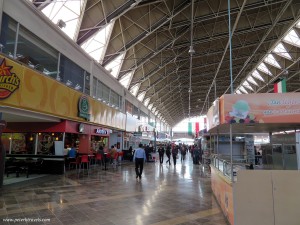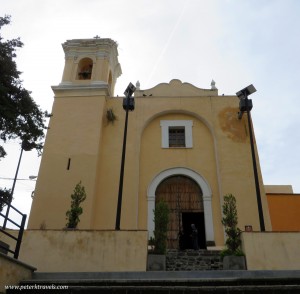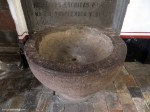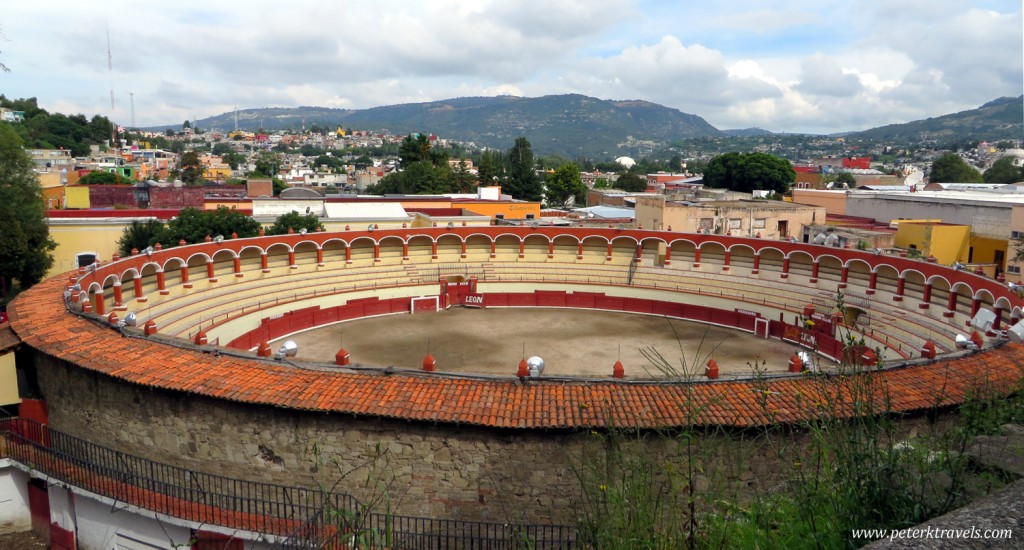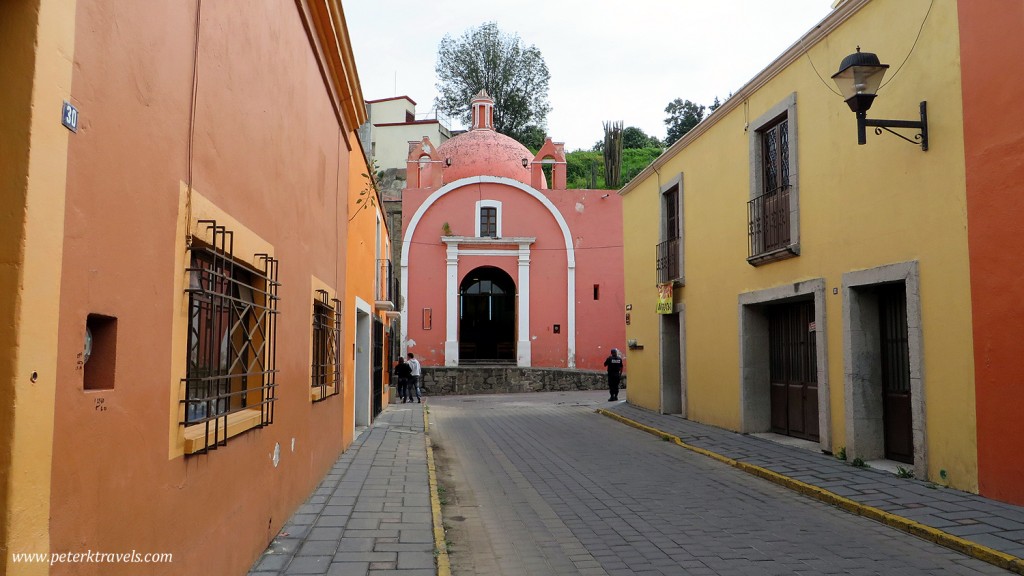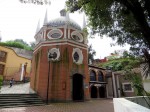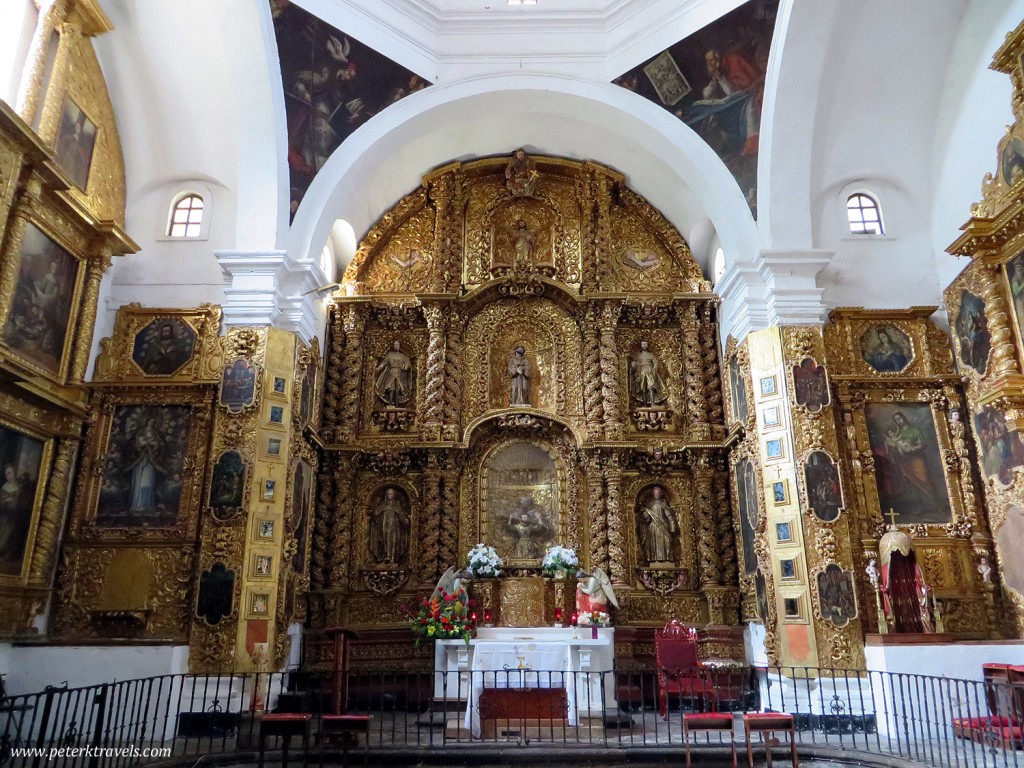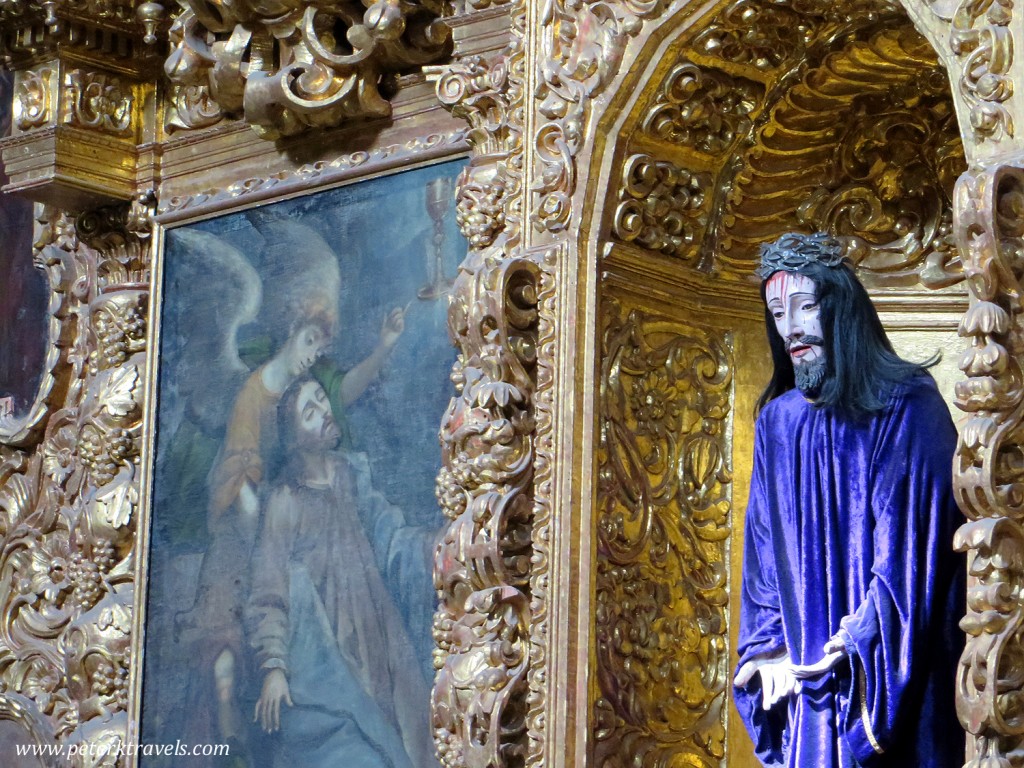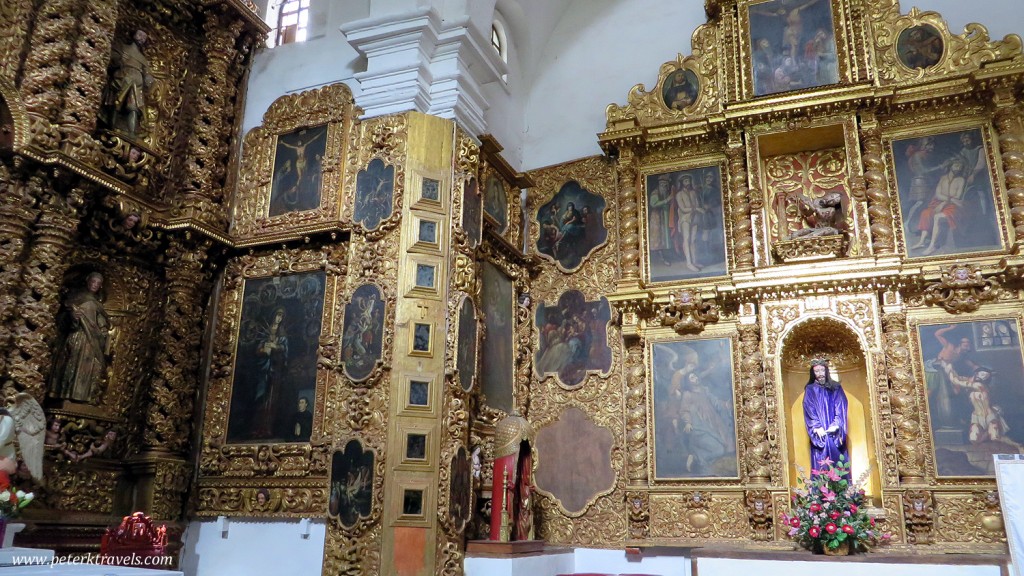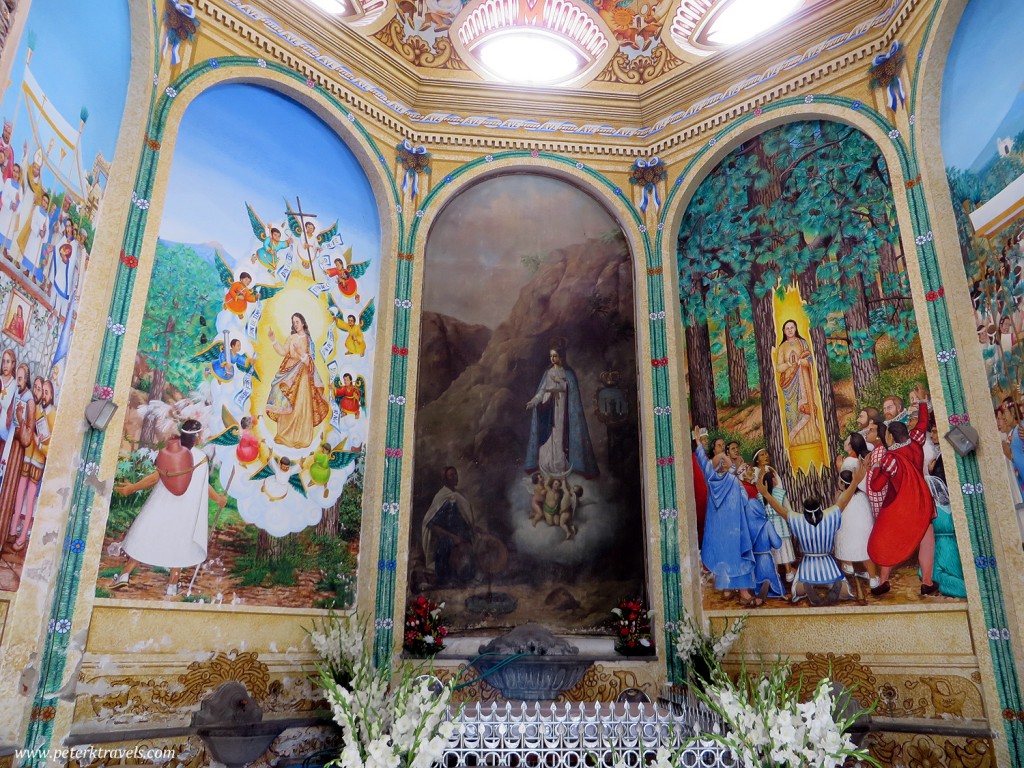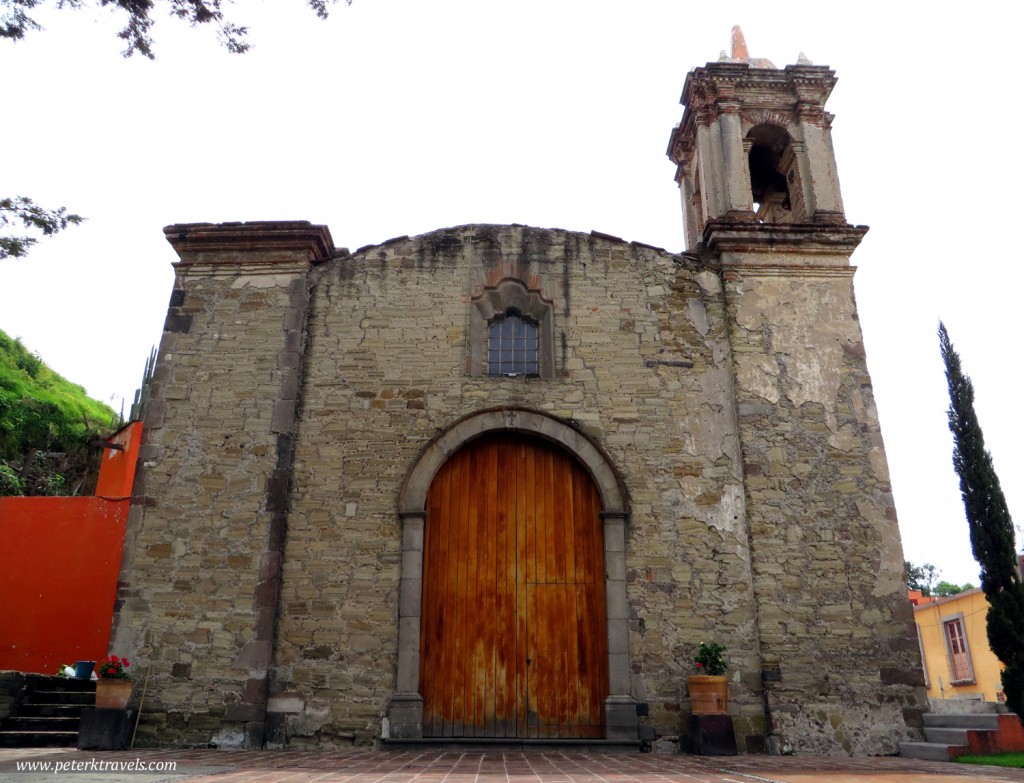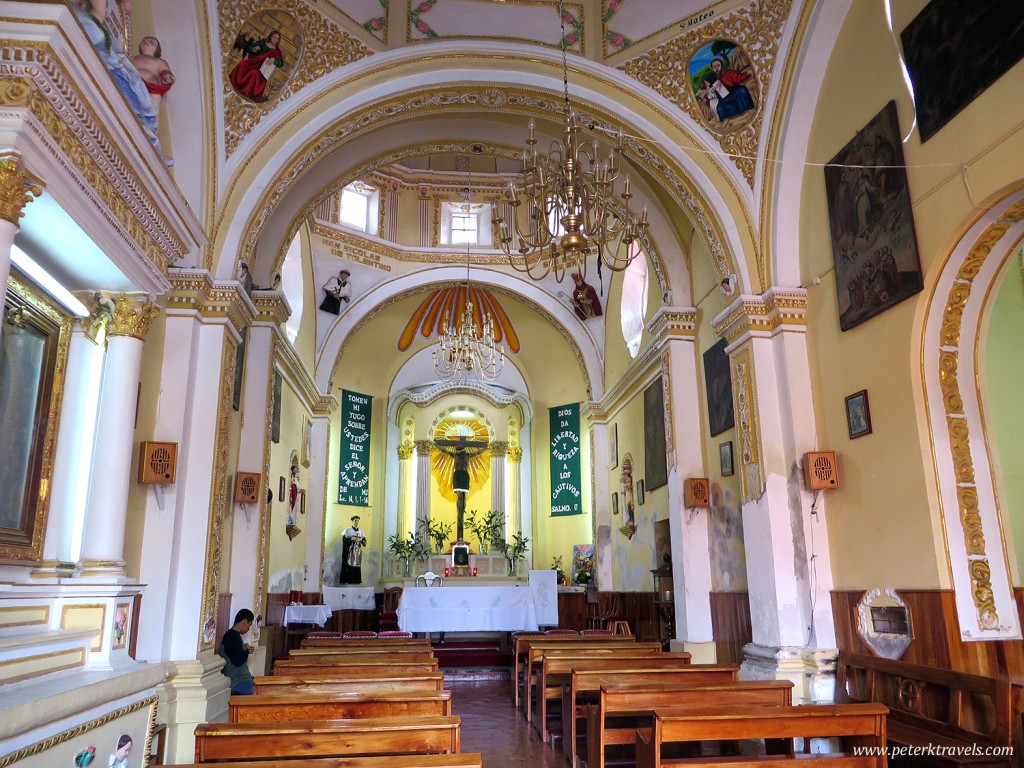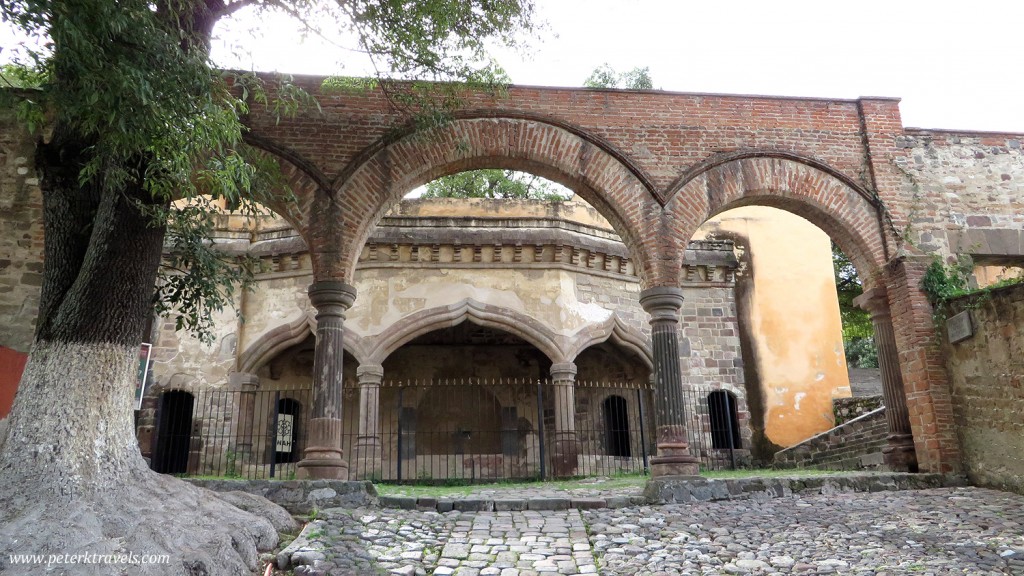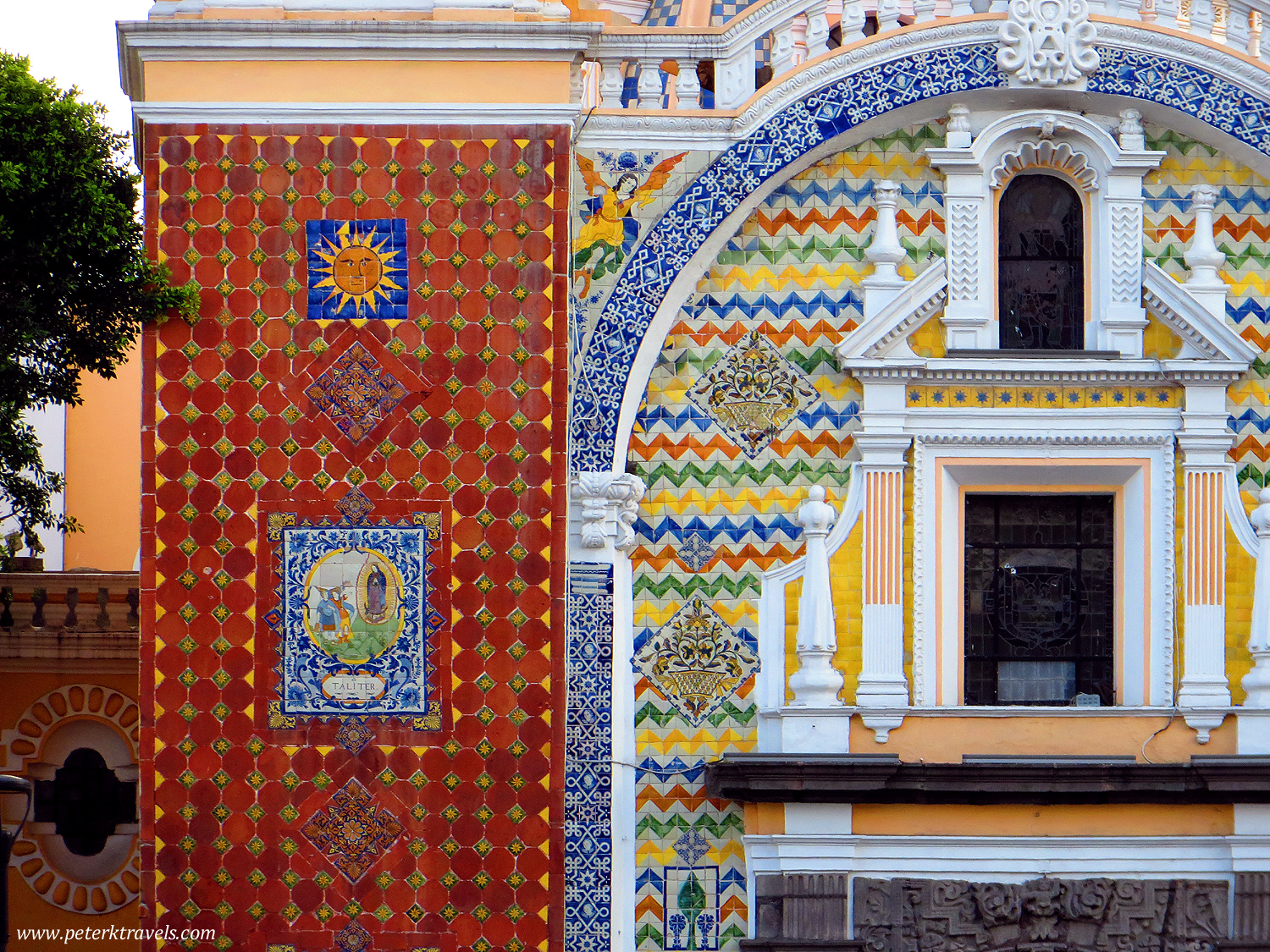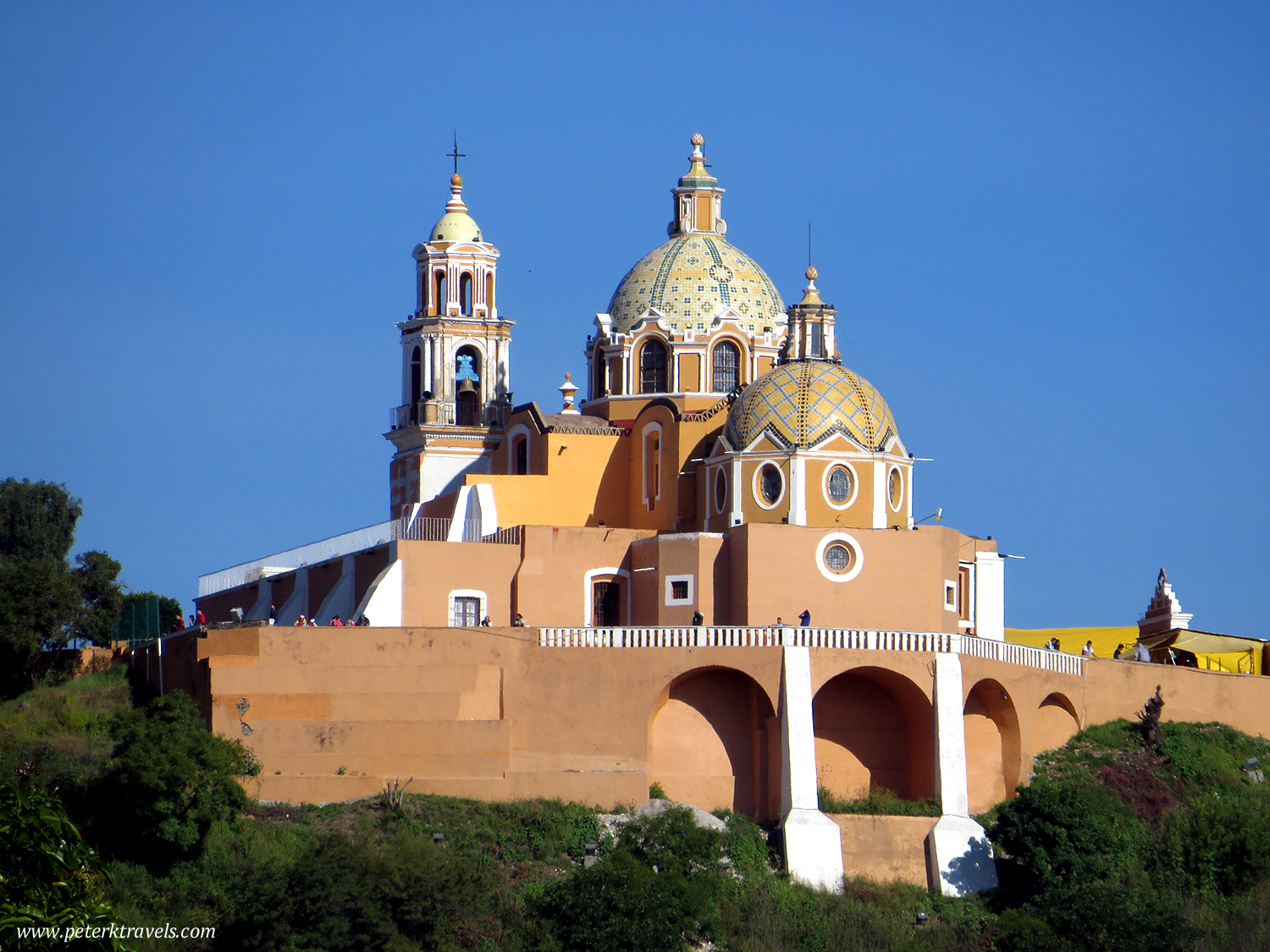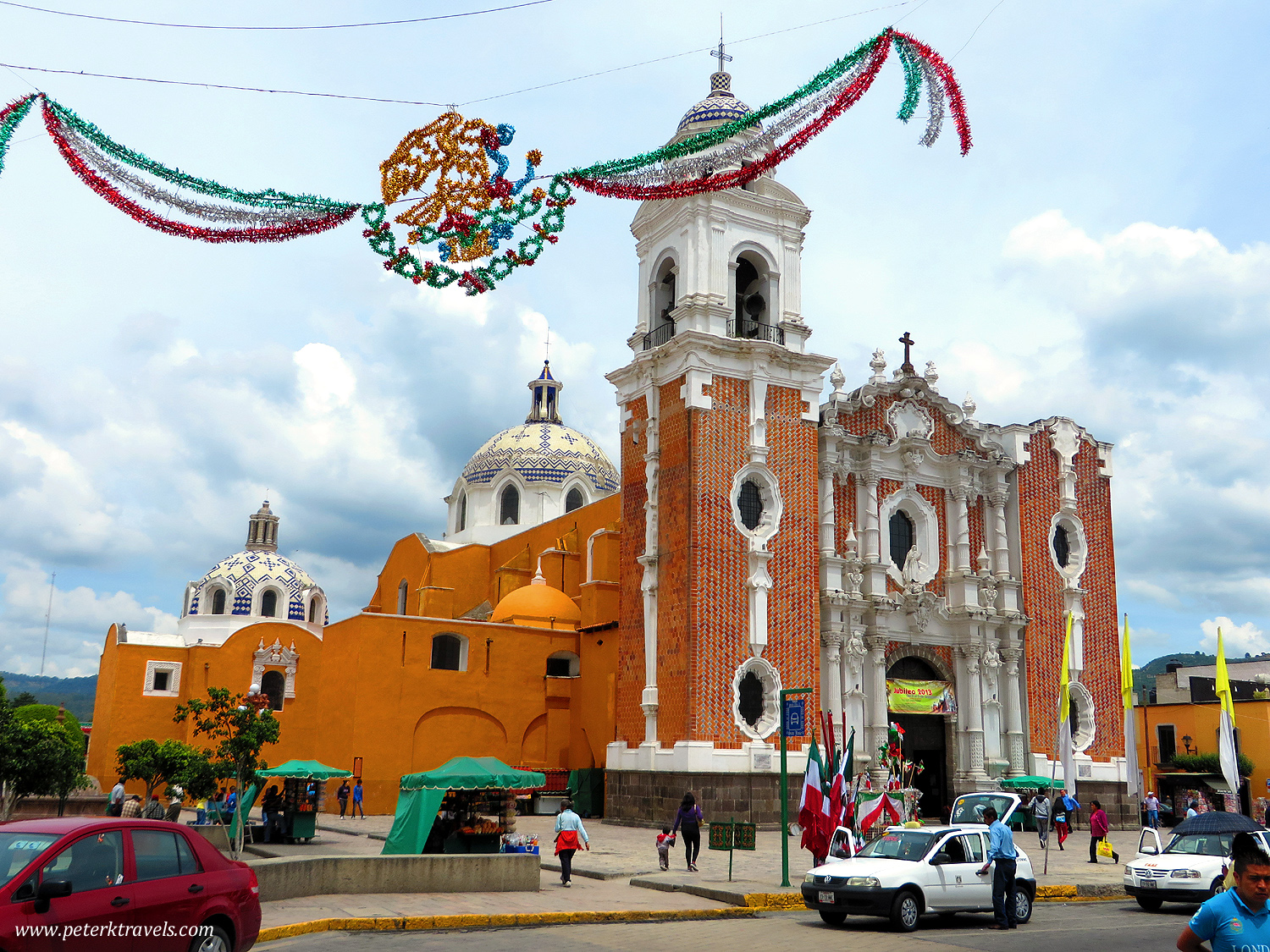Tlaxcala Part I: Arrival and Convento de Nuestra Senora de la Asuncion
During my September 2013 trip to Puebla, Mexico, I took a day and detoured to the state of Tlaxcala. While there, I visited the capital of that state, which is also called Tlaxcala. My main goal in visiting Tlaxcala was to see the Basilica Ocotlan, one of the highlights of Mexican Baroque architecture.
Tlaxcala is an easy bus ride from Puebla. I took cab to the massive CAPU bus station. I found the Verdes line had frequent buses to Tlaxcala, and for only $20 pesos (under $2 US). The ride was pretty slow, as the road had many other cities on it, all with many topes (speed bumps). The bus was a bit of stinker, with that strong chemical toilet smell. I was pretty happy when we arrived at the small bus station in Tlaxcala.
It wasn’t quite clear from my map which way would take me to downtown, but based on some views on the bus ride into town, I walked out of the station and took a right, heading downhill. This proved to be correct, and I was quickly walking into the centro area on Calle Guerrero. As I walked down the street, I could see a small chapel perched on a hill overlooking the city. I decided to head there first, as it appeared to be as good a place as any to start my tour.
This small, simple chapel was built in the 18th century and had a name on it of “Neighbor Chapel”. The sign on the front talks about the name, but it almost sounds like an error in translation:
“The name of this chapel is attributed to the existence of a neighbor of the place that in 1750 tapeworm and image of crucified Christ who demanded for a patient to him to cure itself of the epidemic of tifo virus that affected Tlaxcala city.”
That’s some tapeworm.
The interior was very basic, not atypical based on the simple exterior. The views were quite stunning. Walking back down the hill, I walked by the Capilla Abierta. This is an open chapel with Moorish style arches.
Next door to the Capilla Abierta is the Convento de Nuestra Senora de la Asuncion (Our Lady of the Assumption). This was one of the first large convents in America, dating to 1537. Founded by the Franciscans, the complex also contains a cathedral. It has an extremely austere exterior. The interior, however, has several extremely significant features. First, it has a coffered wooden ceiling that is one of the best-preserved in Mexico. The heavy beams have stars embedded in them. The Cathedral also has numerous beautifully decorated chapels, and ones includes a very significant baptismal font.
Pre-hispanic Tlaxcala was divided into four dominions. The Cuatro Senores (four men) were the leaders of those dominions when Cortes arrived in 1519. The Tlaxcaltecans fought Cortes, but after losing many men, eventually formed an alliance with Cortes against the Aztecs. For their help, the Tlaxcaltecans were given a degree of autonomy not found in other areas. As part of the deal, the Cuatro Senores were baptized into the Catholic faith. This was the font I was looking at. What a tremendous piece of history to able to see (and touch — just don’t tell anyone). A painting behind the main altar shows the event.
On my way back down the hill, I was able to get a nice view of Tlaxcala’s Plaza de Toros. Posters all over town were advertising an upcoming bull fight. I’ve never been to one, and it doesn’t interest me much. I did enjoy taking a photo of the bull ring, though.
I started working my way toward my goal, the Basilican of Ocotlan. On the way, there were a couple of other sights to see. I walked north on Xicohtencatl to the Capilla de San Nicolas. The Chapel of Saint Nicholas (Santa?) was built in two parts. Facing a small park, one section dates from the 16th Century and is made of rough cut stone. Facing the other way, the way I had come, is a pink 17th Century entrance with a domed top. It’s a pleasing looking building, especially coming down Xicohtencatl as I had. The colors on the street combine with the pink church to make a very pleasant view. The interior is again, quit simple, befitting a small chapel.
Turning right on Avenue Alcocer, I starting heading uphill where I ran into the Capilla del Pococito Agua (Chapel of the Little Well). In this place, the Virgin revealed a spring that helped put an end to an epidemic in the 16th Century. A chapel was built here in the 18th Century, but was replaced with the current structure in 1973. The interior is covered with murals with biblical and water subject matter.
Continuing uphill, I was now headed toward the Basilica. It sits at the top of a hill, and it was quite the strenuous hike. I’m in good shape, but steep stairs and 8200 feet of altitude are not a good combination (yes, that’s 8200 feet — way, way up there). We’ll visit the Basilica in my next post….

